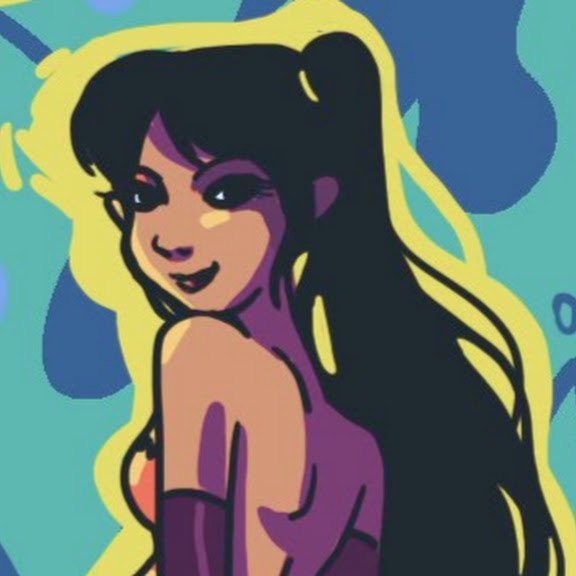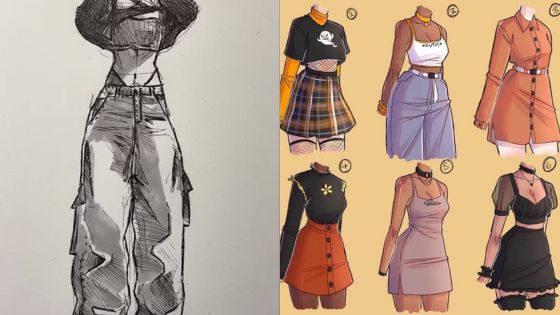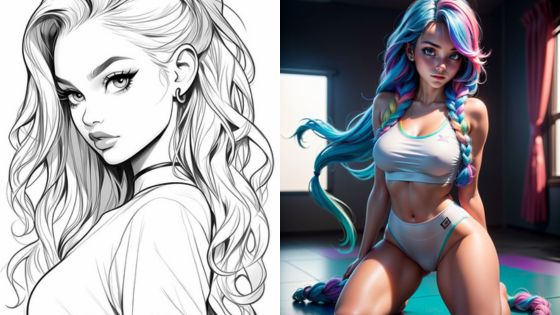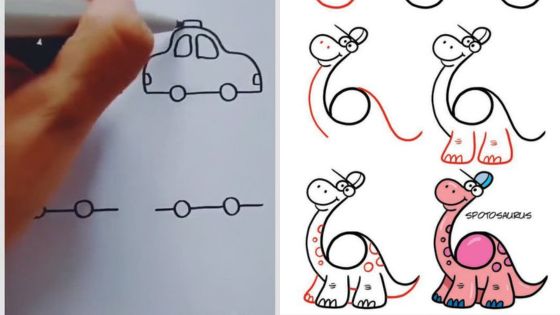Fashion design sketches are the blueprint of the fashion industry. They are the first step in creating a new clothing line, and the foundation upon which all fashion designs are built. Fashion designers use sketches to visualize their ideas and communicate them to others. A good fashion design sketch is essential to the success of any fashion line.

Fundamentals of fashion design sketches include understanding the human form, proportions, and anatomy. Fashion designers must also have a strong sense of design, color theory, and fabric knowledge. Sketching is a skill that can be learned and improved over time, and fashion designers must be committed to practicing and refining their skills.
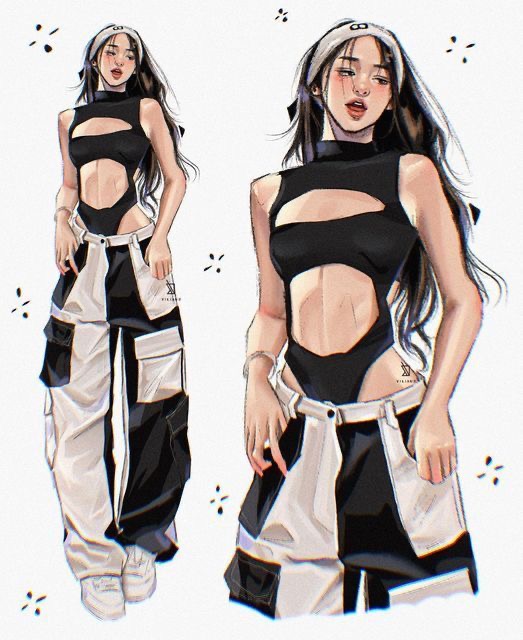
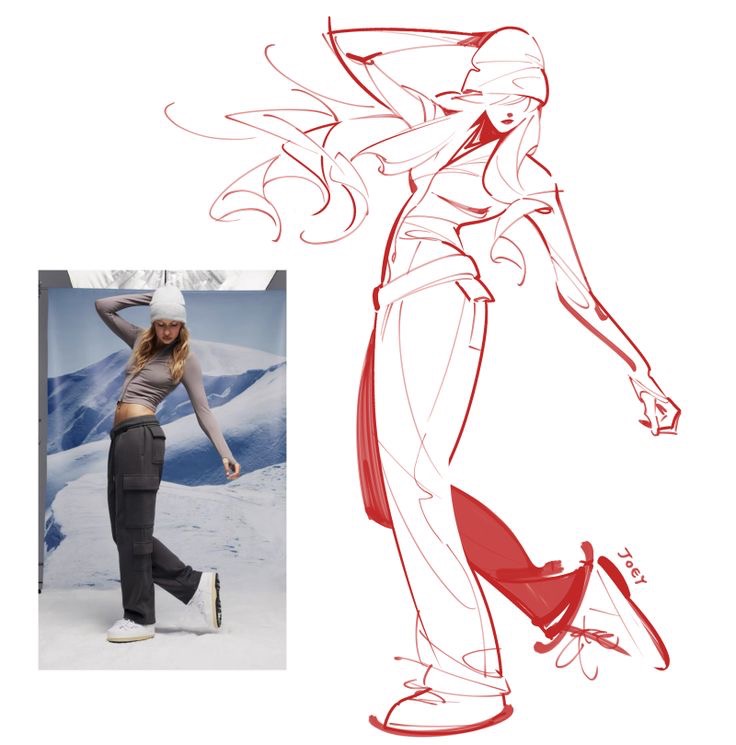
The fashion illustration process involves taking inspiration from a variety of sources, including art, nature, and current fashion trends. Sketches can be created using traditional methods such as pen and paper, or digitally using software such as Adobe Illustrator or Sketchbook. Regardless of the method used, the goal is to create a clear and accurate representation of the designer’s vision.
Key Takeaways
- Fashion design sketches are the foundation of any successful fashion line.
- Understanding the fundamentals of sketching, including anatomy and design principles, is essential for fashion designers.
- The fashion illustration process involves taking inspiration from various sources and creating clear and accurate representations of the designer’s vision.
Fundamentals of Fashion Design Sketches

Understanding the Fashion Sketch
A fashion sketch is a drawing that represents a garment or accessory design. It is a visual representation of the designer’s ideas and vision for a particular piece. A good fashion sketch should be able to communicate the design’s details, such as color, texture, and silhouette.
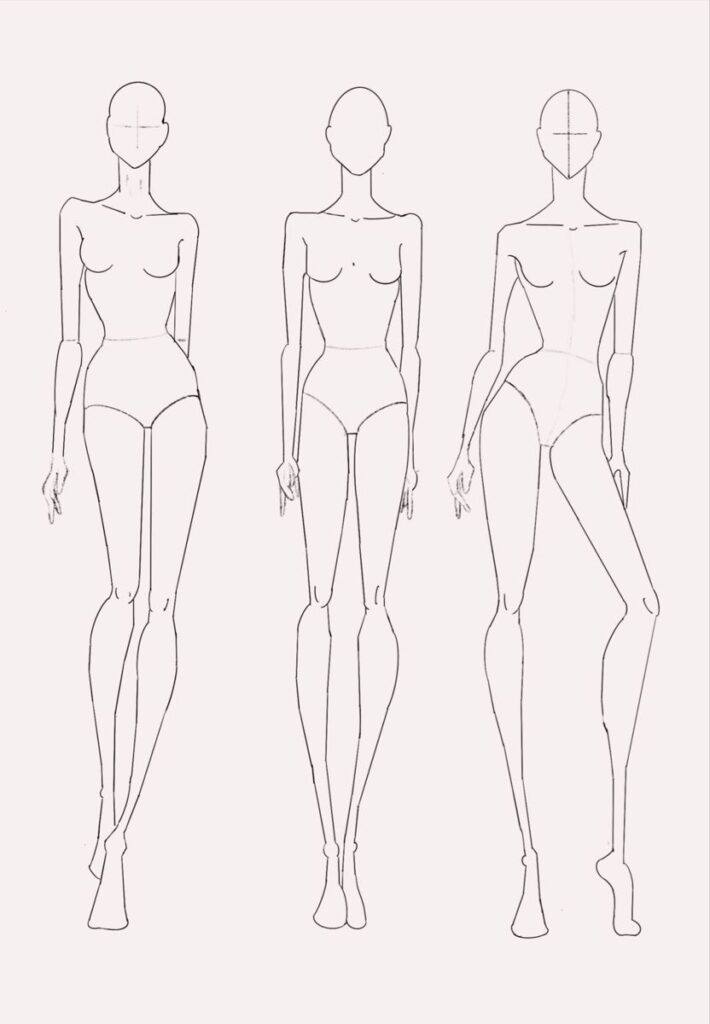
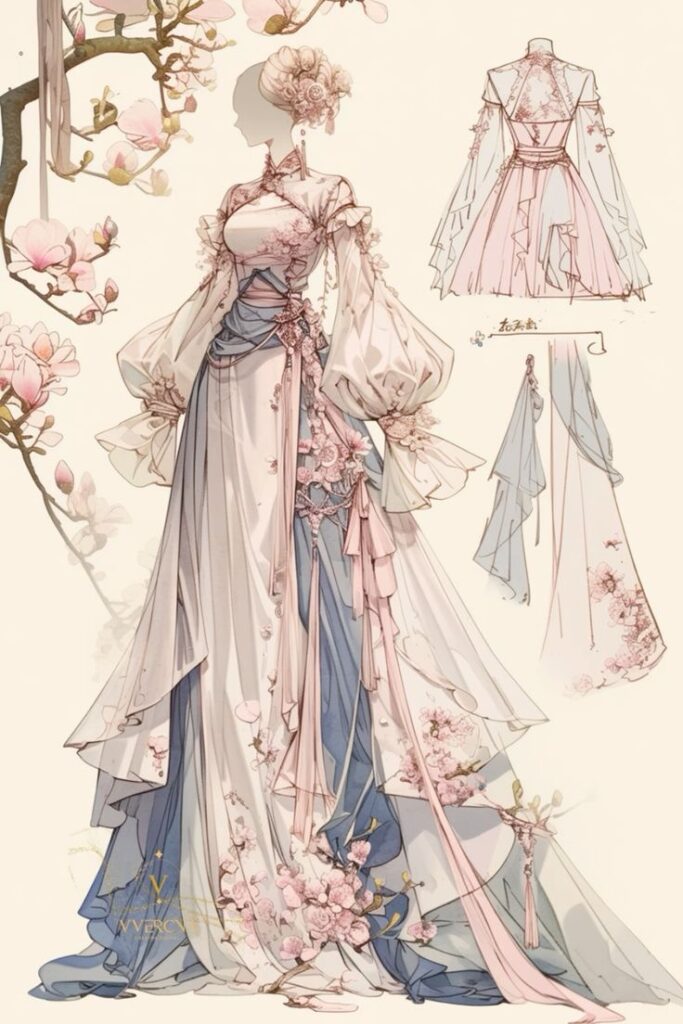
Sketches can be done using pencils, pens, or digital tools. Pencils are preferred by many designers because they allow for more control and precision. Pens, on the other hand, are great for creating bold lines and adding details. Digital tools are becoming more popular because they allow for easy editing and sharing of sketches.
Essential Tools for Sketching
To create a good fashion sketch, designers need a few essential tools. These include:
Sketchbook: A sketchbook is where designers can keep all their ideas and sketches in one place. It should be small enough to carry around, but large enough to accommodate detailed drawings.
Pencils: Pencils come in different grades of hardness, and each grade produces a different type of line. Designers should have a range of pencils, from hard to soft, to create different effects.
Pens: Pens are great for adding details and creating bold lines. Designers should have a few different types of pens, such as fine liners and markers, to create different effects.
Erasers: Erasers are essential for correcting mistakes and cleaning up sketches. Designers should have a few different types of erasers, such as kneaded erasers and pencil erasers, to work with different types of pencils.
Ruler: A ruler is essential for creating straight lines and measuring proportions. Designers should have a few different types of rulers, such as a straight edge and a French curve, to create different shapes and curves.
In conclusion, understanding the fundamentals of fashion design sketches is crucial for any aspiring fashion designer. By using the right tools and techniques, designers can create sketches that accurately represent their vision and communicate their ideas to others.
The Fashion Illustration Process
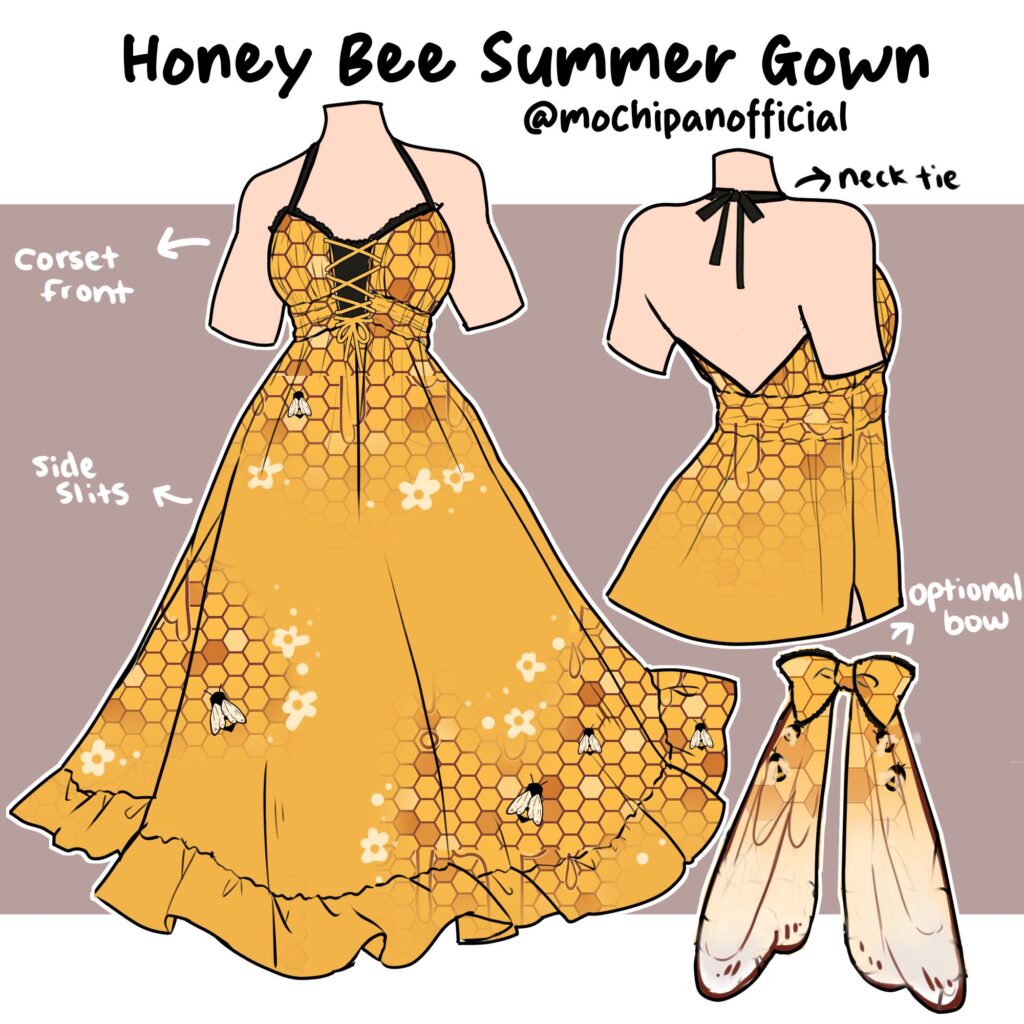
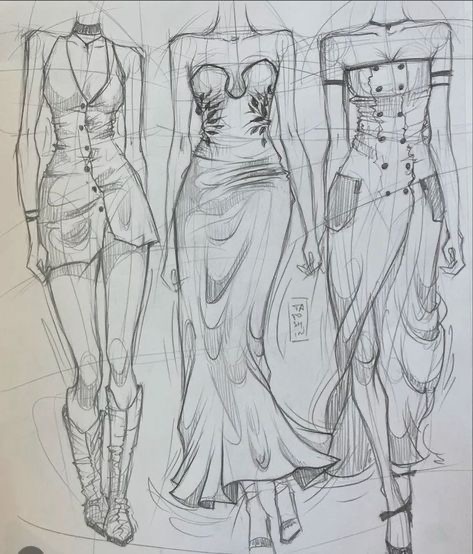
Creating a fashion illustration involves several stages that help designers to develop their concept and bring it to life. Here are the three main stages of the fashion illustration process:
Developing the Concept
Before starting to sketch, a designer needs to have a clear concept in mind. This concept can be inspired by different sources, such as nature, art, or culture. Once the concept is defined, the designer can start researching fabrics, textures, and colors that will help to convey the mood and style of the design.
Creating the Basic Figure
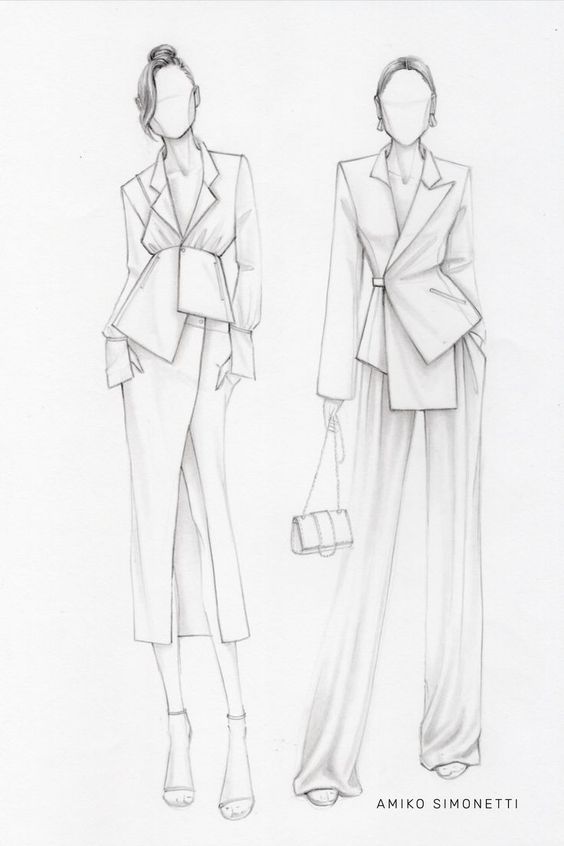
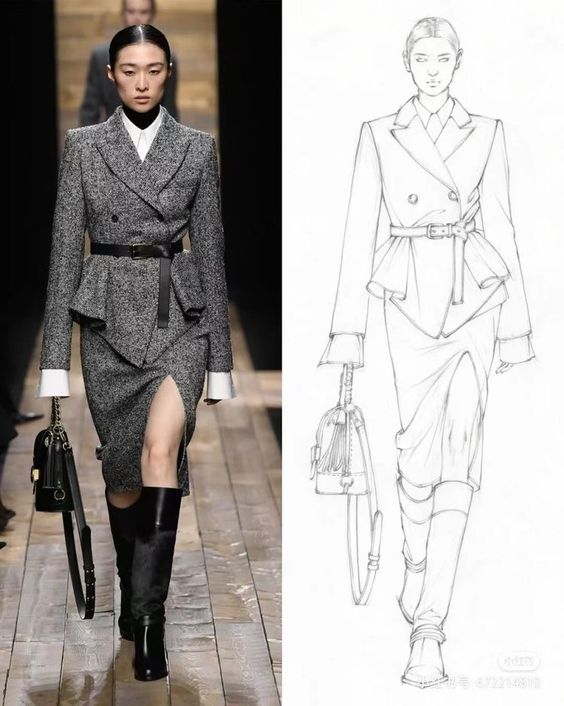
The next step is to create the basic figure that will serve as the foundation for the design. The designer can use a croquis, which is a template of a human figure, to ensure that the proportions are correct. The croquis can be traced or printed, and then customized to fit the designer’s vision.
Adding Details and Textures
Once the basic figure is ready, the designer can start adding details and textures to the design. This can be done using different techniques, such as painting, drawing, or digital manipulation. The designer can experiment with different fabrics, such as silk, cotton, or leather, to create the desired effect.
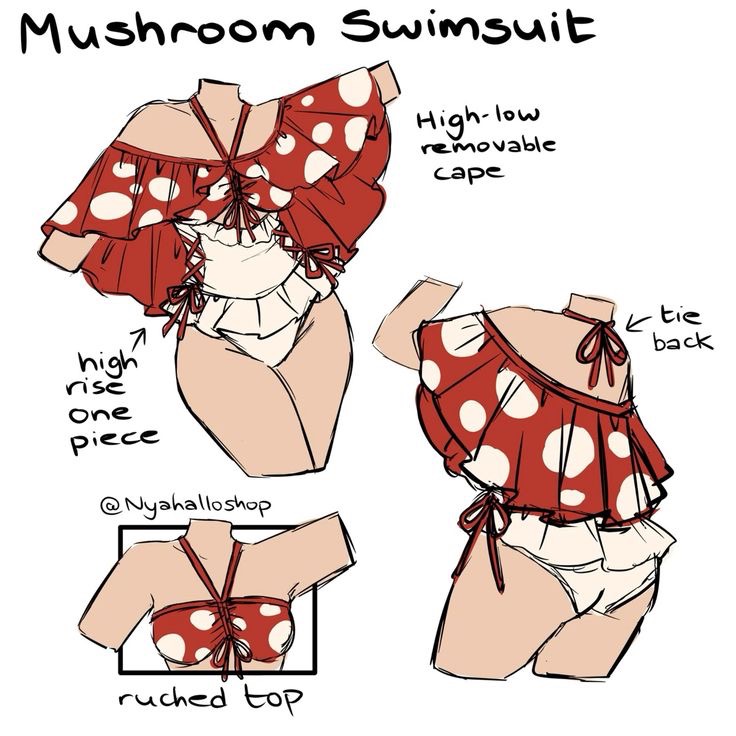
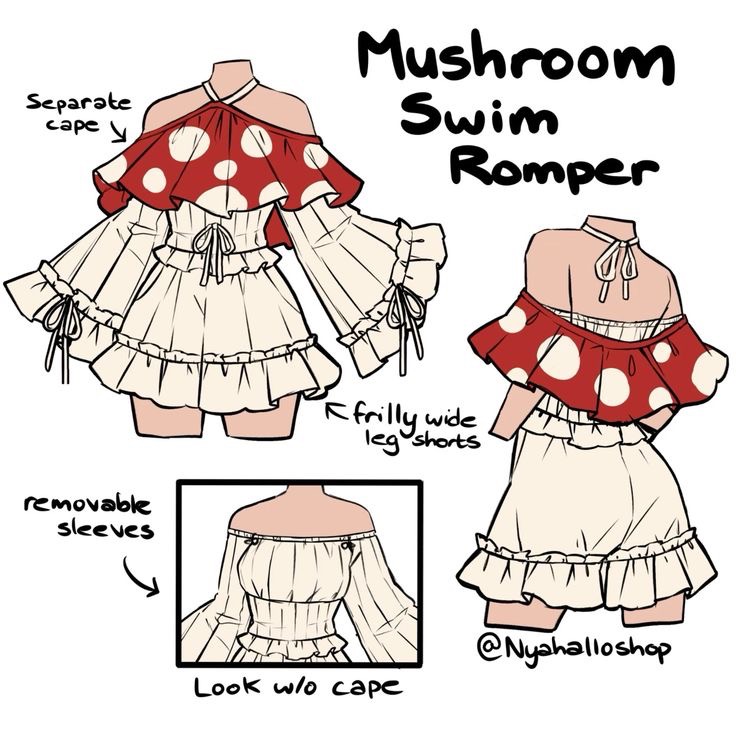
To summarize, the fashion illustration process involves developing a concept, creating a basic figure, and adding details and textures. By following these steps, designers can create unique and expressive designs that capture the essence of their vision.
Digital Fashion Design Sketching
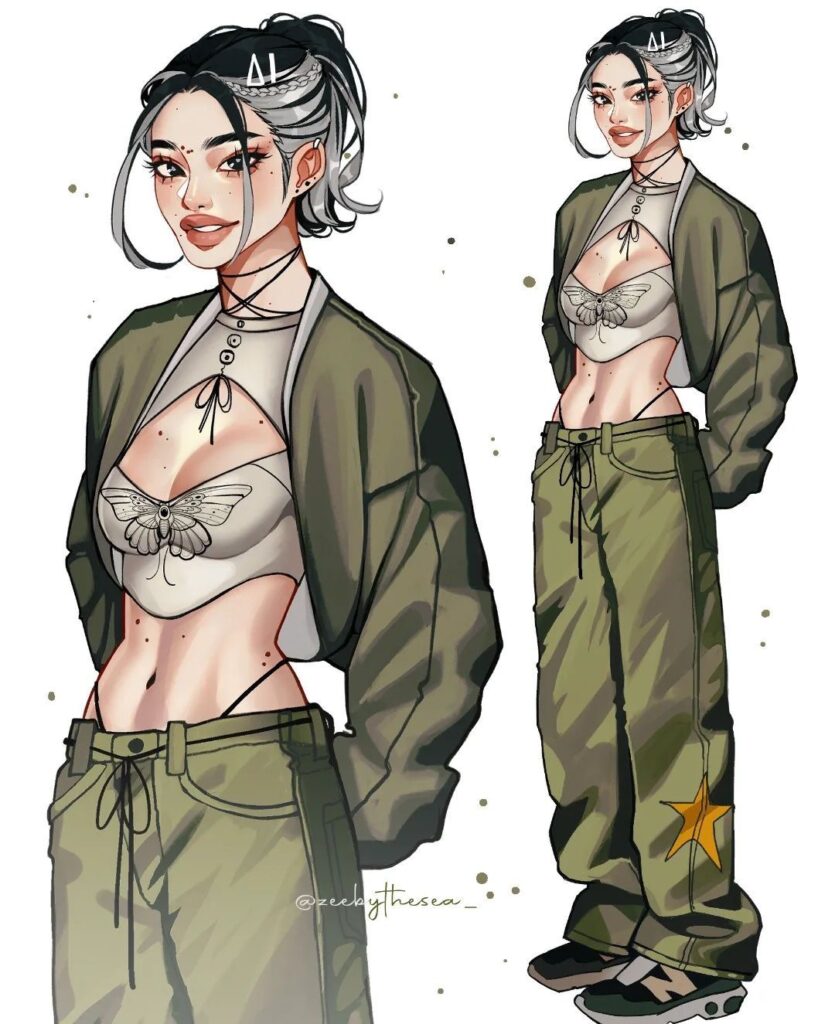
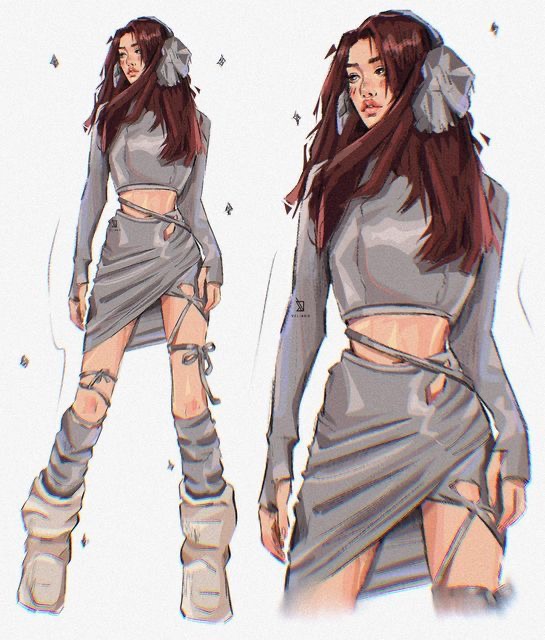
Digital fashion design sketching has become increasingly popular in recent years, as technology has advanced and designers have sought to streamline their workflows. In this section, we will explore some of the software choices available for digital sketching, as well as techniques for transitioning from paper to digital and creating high-quality digital sketches.
Software Choices for Digital Sketching
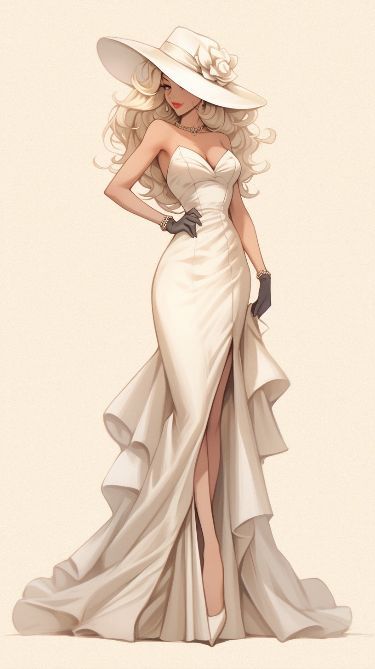
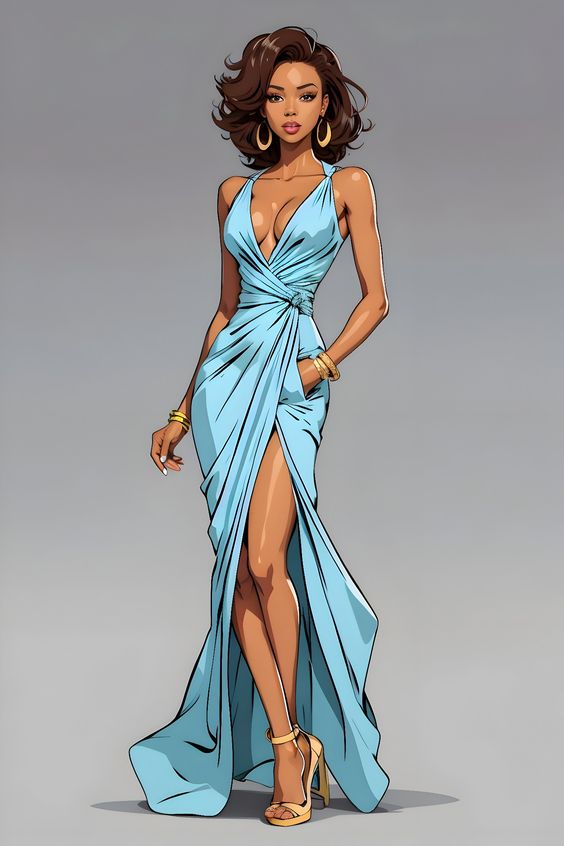
One popular choice for digital fashion design sketching is Adobe Illustrator, which offers powerful vector-based tools for creating precise and detailed sketches. Another option is Digital Fashion Pro, which includes a range of pre-made templates and design elements to help designers get started quickly. Other software options include Sketch, Procreate, and CorelDRAW, among others.
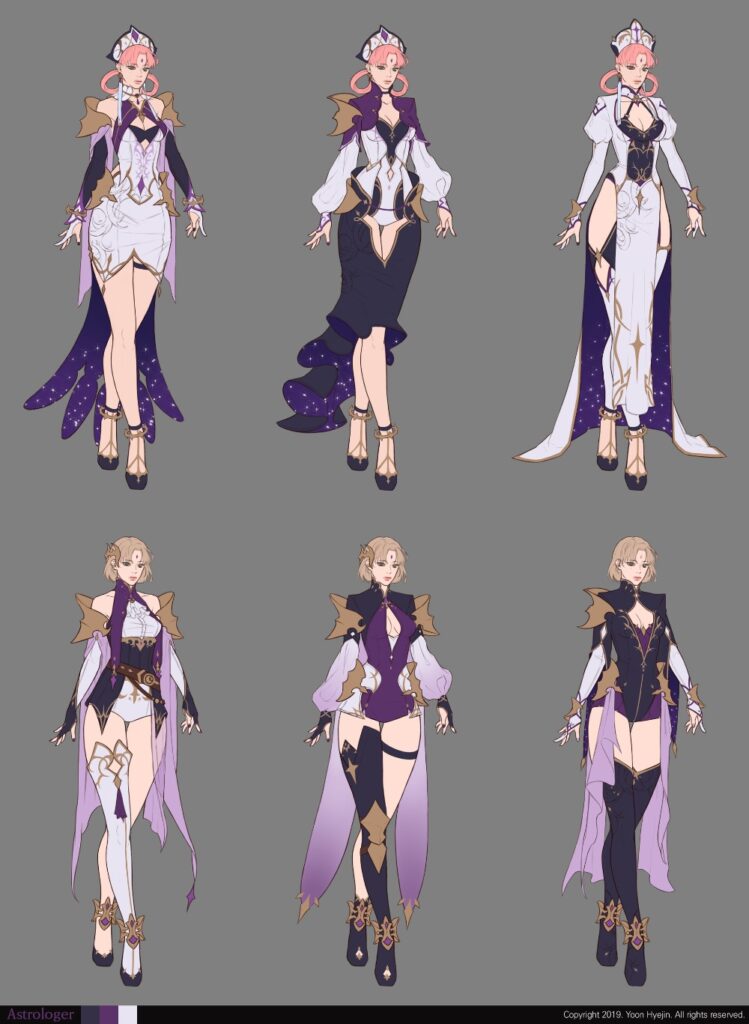
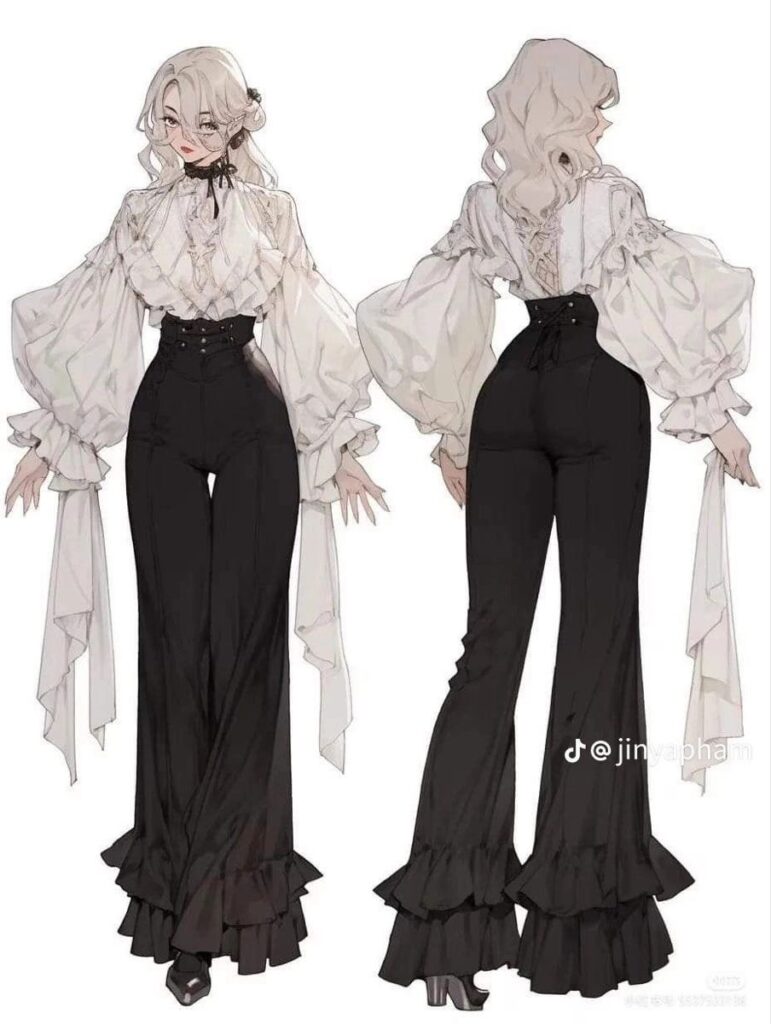
When choosing a software for digital sketching, it is important to consider factors such as ease of use, compatibility with other tools and software, and the specific features and tools that are most important for your design process.
Transitioning from Paper to Digital
For designers who are used to sketching on paper, transitioning to digital sketching can be a challenge. One technique for making this transition smoother is to start by scanning in paper sketches and then using them as a basis for digital designs. This can help designers to maintain the same level of detail and precision that they are used to, while also taking advantage of the benefits of digital tools.
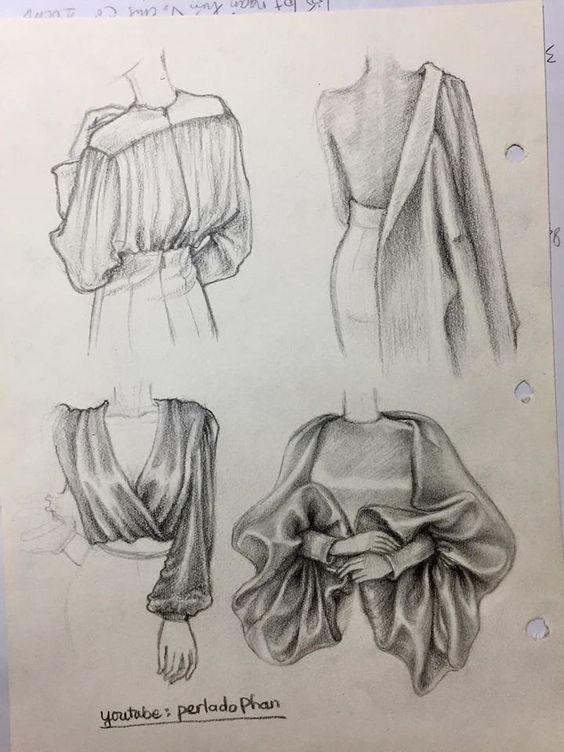
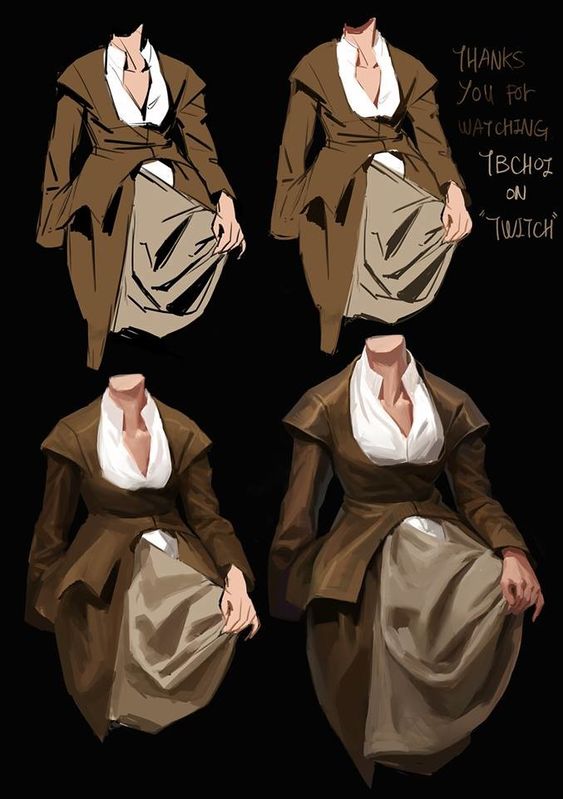
Another approach is to start by experimenting with different digital sketching techniques and tools, such as using different brushes and textures, or exploring the capabilities of vector-based software. With practice, designers can develop their own unique style and workflow for digital sketching.
Digital Sketching Techniques
When it comes to creating high-quality digital sketches, there are a few key techniques to keep in mind. One is to use vector-based tools whenever possible, as these allow for greater precision and scalability. Another is to experiment with different brush styles and textures to create unique effects and textures in your sketches.
It is also important to keep in mind the principles of good design, such as balance, contrast, and hierarchy, when creating digital sketches. By paying attention to these principles, designers can create sketches that are not only visually appealing, but also communicate their ideas effectively to others.
Overall, digital fashion design sketching offers a range of benefits for designers, from increased efficiency and precision to greater creative freedom and flexibility. By choosing the right software, techniques, and tools, designers can take advantage of these benefits and create high-quality digital sketches that bring their ideas to life.
Fashion Sketches in the Industry

Fashion sketches play a critical role in the fashion industry. They are used by designers and illustrators to communicate their design ideas and concepts to clients, manufacturers, and retailers. In this section, we will discuss the role of sketches in fashion design, the collaboration between designers and illustrators, and the importance of fashion sketches in client presentations.
Role of Sketches in Fashion Design
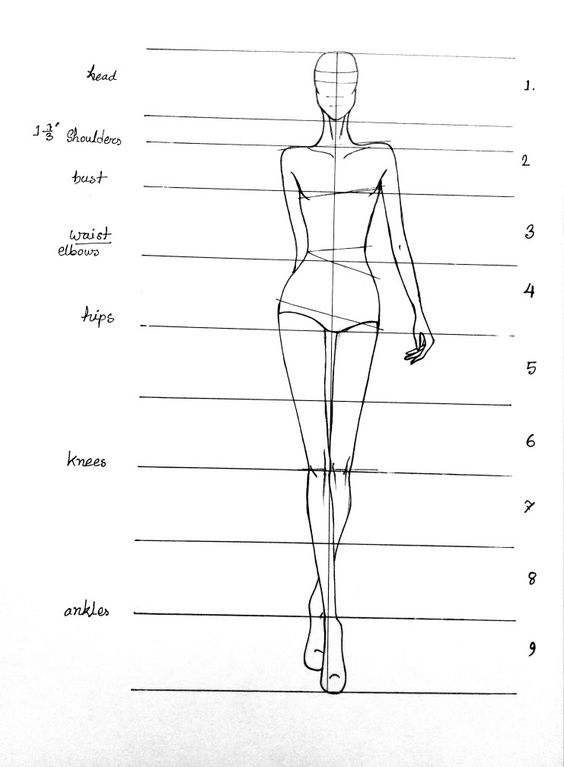
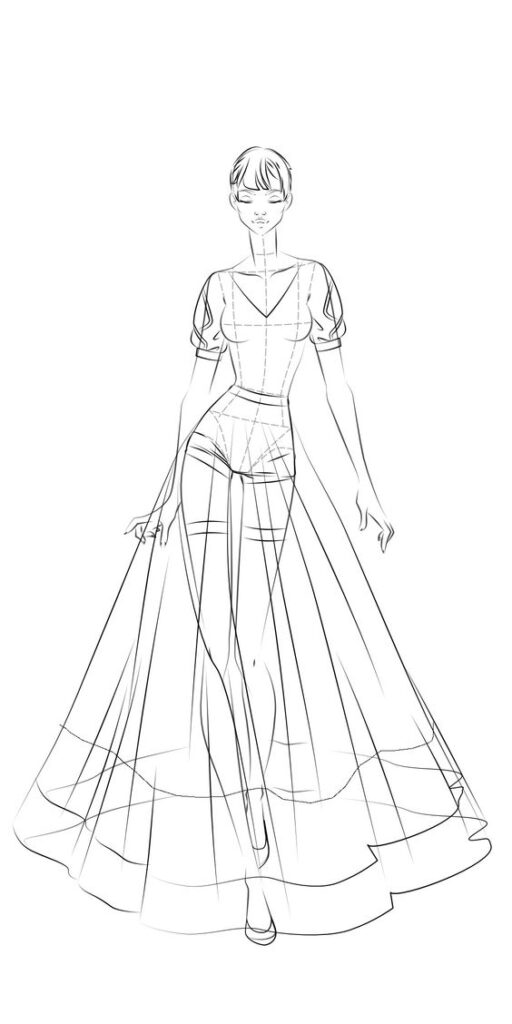
Sketches are the foundation of fashion design. They are used by designers to visualize their ideas and create a blueprint for their designs. Sketches help designers to experiment with different styles, colors, and fabrics before creating the final product. Fashion sketches are also used to create technical drawings, which are used by manufacturers to create the final product.
Collaboration between Designers and Illustrators
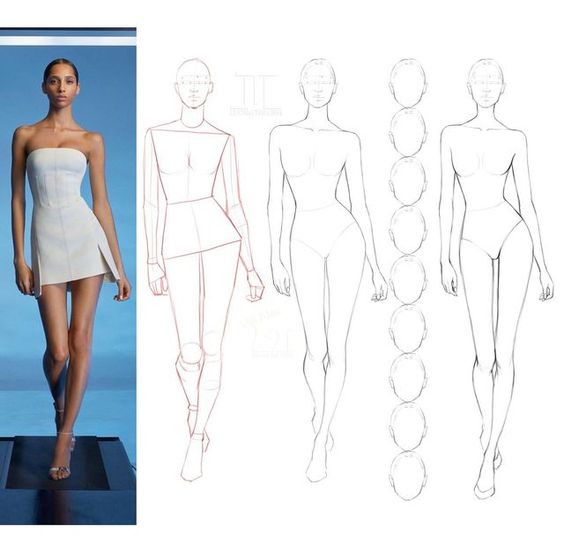
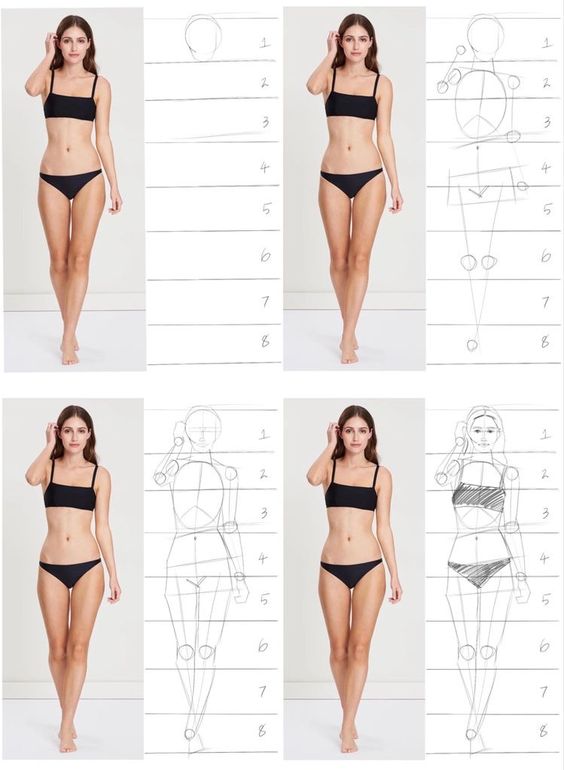
Designers and illustrators work closely together to bring fashion sketches to life. Designers create the initial sketches, and illustrators refine them, adding details and creating a final product that is ready for production. Collaboration between designers and illustrators is essential to ensure that the final product meets the designer’s vision.
Fashion Sketches and Client Presentations
Fashion sketches are an essential part of client presentations. They help designers to communicate their ideas to clients and get feedback on their designs. Fashion sketches are also used to show clients how the final product will look, helping them to make informed decisions about their purchases.
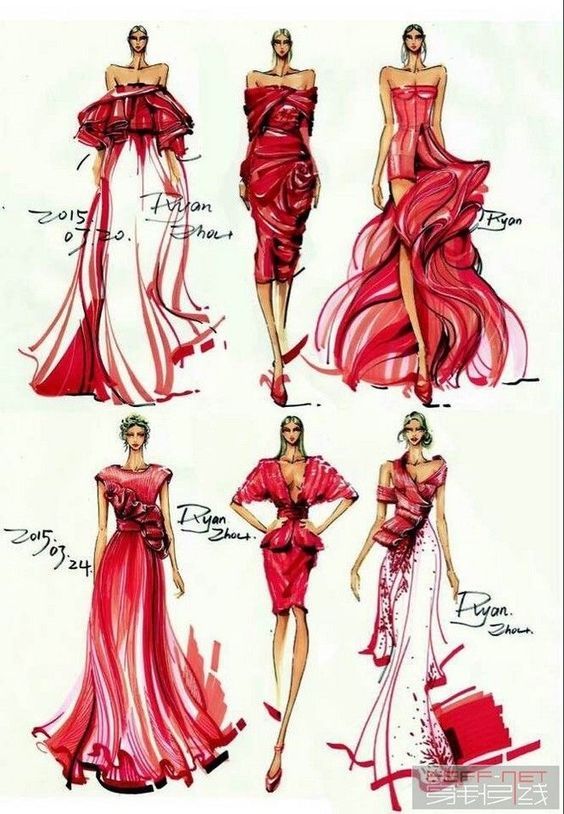
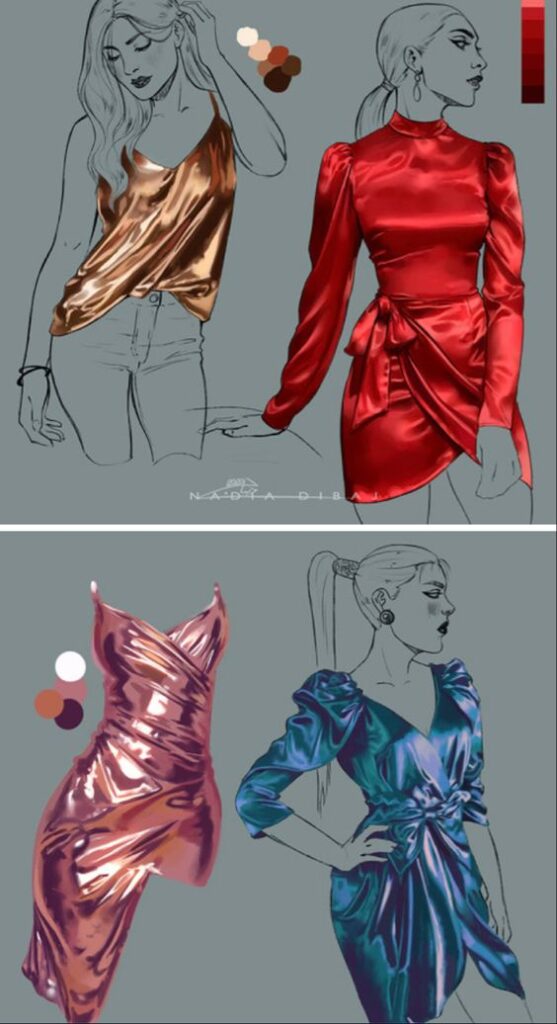
In conclusion, fashion sketches play a critical role in the fashion industry. They are used by designers and illustrators to create designs, collaborate on projects, and present ideas to clients. Fashion sketches are an essential tool for designers and manufacturers, helping them to create products that are both beautiful and functional.
Styling and Pose Techniques
Capturing the Right Pose
When creating a fashion design sketch, it is important to capture the right pose. A good pose can make a design stand out and convey the intended mood of the outfit. To achieve this, the designer needs to have a basic understanding of human anatomy and proportions. It is recommended to draw a croquis, which is a basic drawing of a model pose that can be traced over and over again while sketching the fashion design. This ensures consistency in the pose and allows the designer to focus on the outfit details.
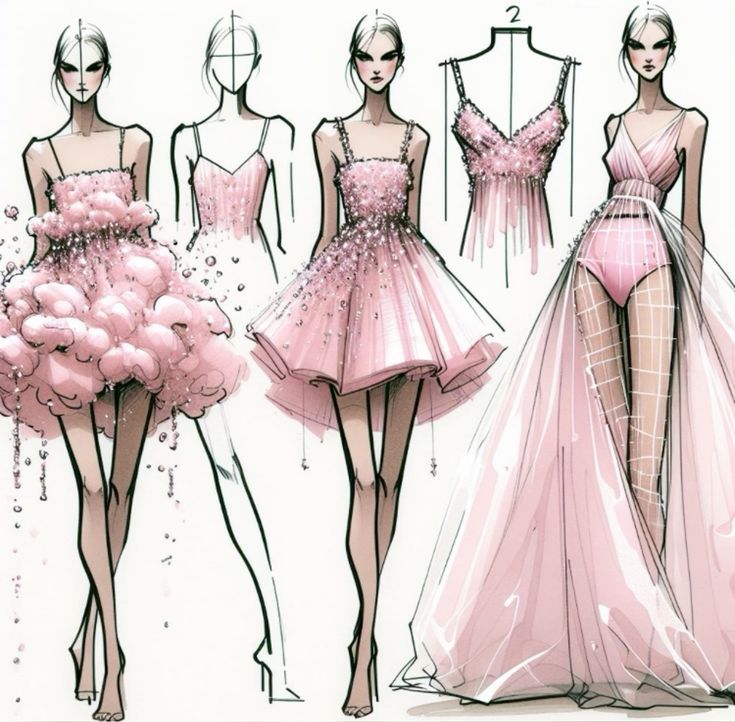
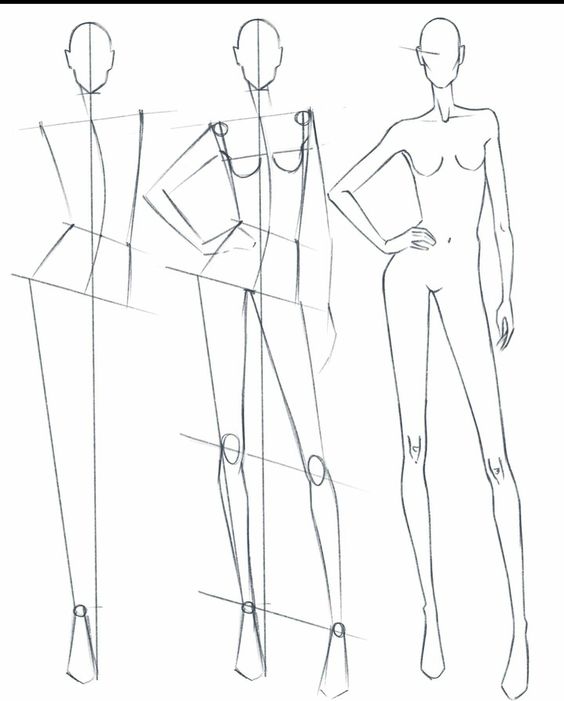
There are various poses that can be used in fashion design sketches, including standing, walking, sitting, and bending. The pose should be chosen based on the intended mood and style of the outfit. For example, a standing pose may be more appropriate for a formal outfit, while a walking pose may be more suitable for a casual outfit.
Conveying Style through Sketches
In addition to capturing the right pose, conveying style through sketches is also important in fashion design. The stylistic elements of the outfit should be highlighted in the sketch, such as the fabric texture, color, and pattern. This can be achieved through the use of shading and line weight.
The designer should also consider the overall silhouette of the outfit when sketching. The silhouette refers to the overall shape and proportion of the outfit, and can be used to convey the intended style. For example, a fitted silhouette may be more appropriate for a formal outfit, while a loose and flowy silhouette may be more suitable for a casual outfit.
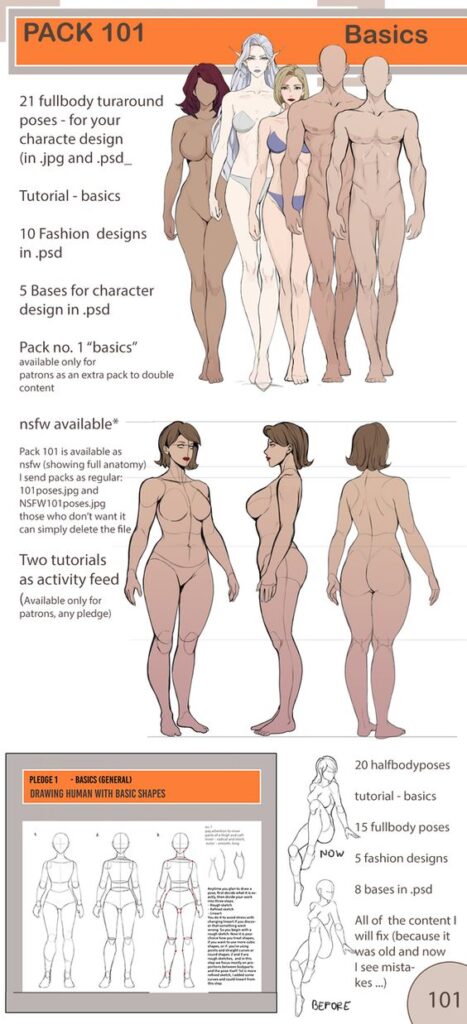
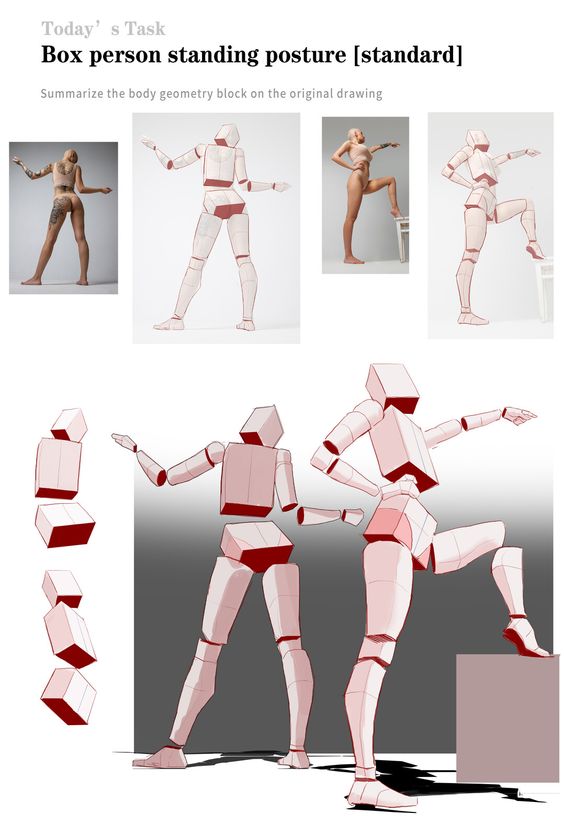
Figure drawing is also an important aspect of conveying style through sketches. The designer should have a basic understanding of human anatomy and proportions in order to accurately depict the outfit on the model. This includes understanding the proportions of the head, torso, arms, and legs, as well as the placement of joints and muscles.
Overall, capturing the right pose and conveying style through sketches are essential techniques in fashion design. By mastering these techniques, designers can create sketches that accurately depict their vision and convey the intended mood and style of the outfit.
Incorporating Brand Identity

Fashion design sketches not only serve as a visual representation of a designer’s ideas but also play a crucial role in communicating the brand identity. Incorporating brand identity into fashion design sketches is essential for creating a cohesive and recognizable brand image.
Integrating Logos and Branding
One way to incorporate brand identity into fashion design sketches is by integrating logos and branding elements. The Nike logo, for example, is a well-known symbol of the brand’s athletic and innovative identity. Incorporating the Nike logo into a jacket design can help communicate these brand values to the customer.
Adidas Corp is another brand that has successfully integrated its branding into its products. The Adidas logo, with its iconic three stripes, is a recognizable symbol of the brand’s sporty and stylish identity. Incorporating the Adidas logo into a fashion design sketch can help communicate these values to the customer.
Case Studies: Nike and Adidas
Nike and Adidas are two brands that have successfully integrated their brand identity into their fashion design sketches. Nike’s “Just Do It” slogan is a well-known representation of the brand’s athletic and motivational identity. Incorporating this slogan into a fashion design sketch can help communicate these values to the customer.
Adidas, on the other hand, has successfully integrated its three stripes branding into its products. The three stripes are a recognizable symbol of the brand’s sporty and stylish identity. Incorporating these stripes into a fashion design sketch can help communicate these values to the customer.
In conclusion, incorporating brand identity into fashion design sketches is essential for creating a cohesive and recognizable brand image. Integrating logos and branding elements, as well as slogans and symbols, can help communicate brand values to the customer. By doing so, fashion designers can create designs that not only look good but also represent the brand’s identity.
Advancing Your Sketching Skills

Fashion design sketches are the visual representation of a designer’s ideas and creativity. To create stunning sketches, designers need to have excellent sketching skills. Here are some tips that can help you advance your sketching skills.
Practice and Experimentation
Practice is the key to improving your sketching skills. The more you practice, the better you become. Start by practicing basic sketches of fashion figures, croquis, flats, and technical sketches. Experiment with different styles, techniques, and mediums to find what works best for you.
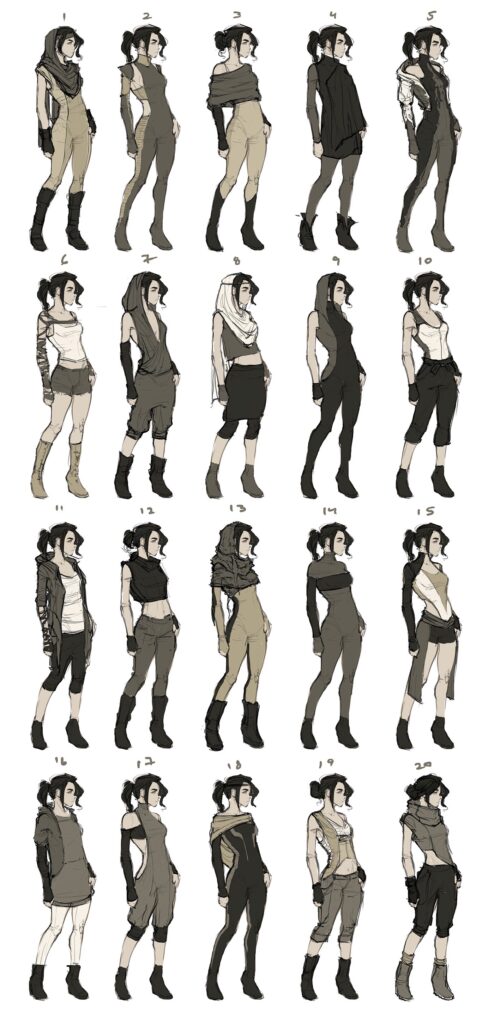
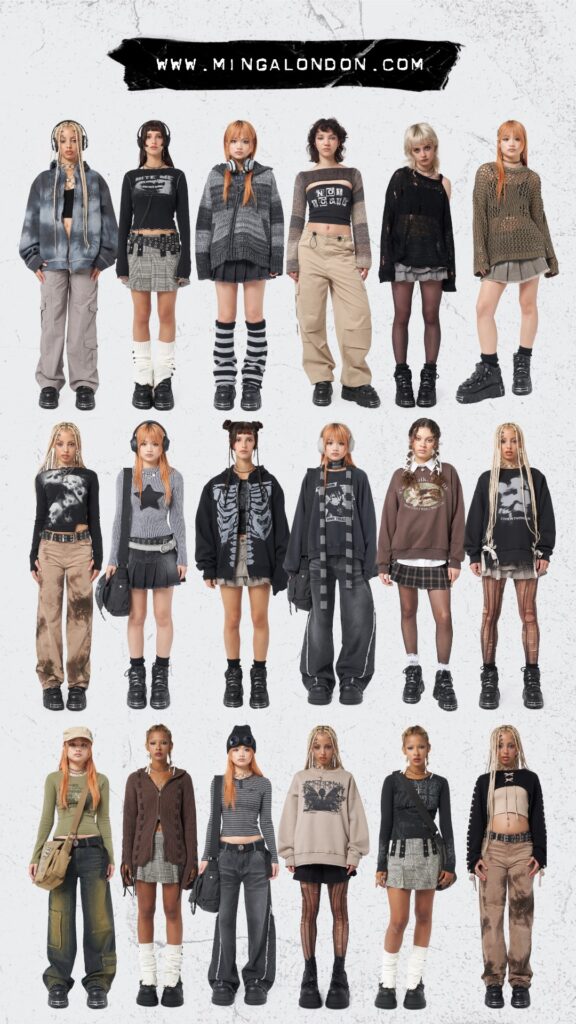
One way to practice is to set aside time every day to sketch. This can be as little as 15 minutes or as long as an hour. Use this time to try out new techniques and experiment with different mediums. Consider joining a sketching group or taking a class to get feedback and learn from others.
Learning from Industry Experts
Learning from industry experts can help you improve your sketching skills. Attend workshops, conferences, or classes to learn from experienced designers and illustrators. These experts can teach you new techniques, provide feedback, and offer valuable insights into the industry.
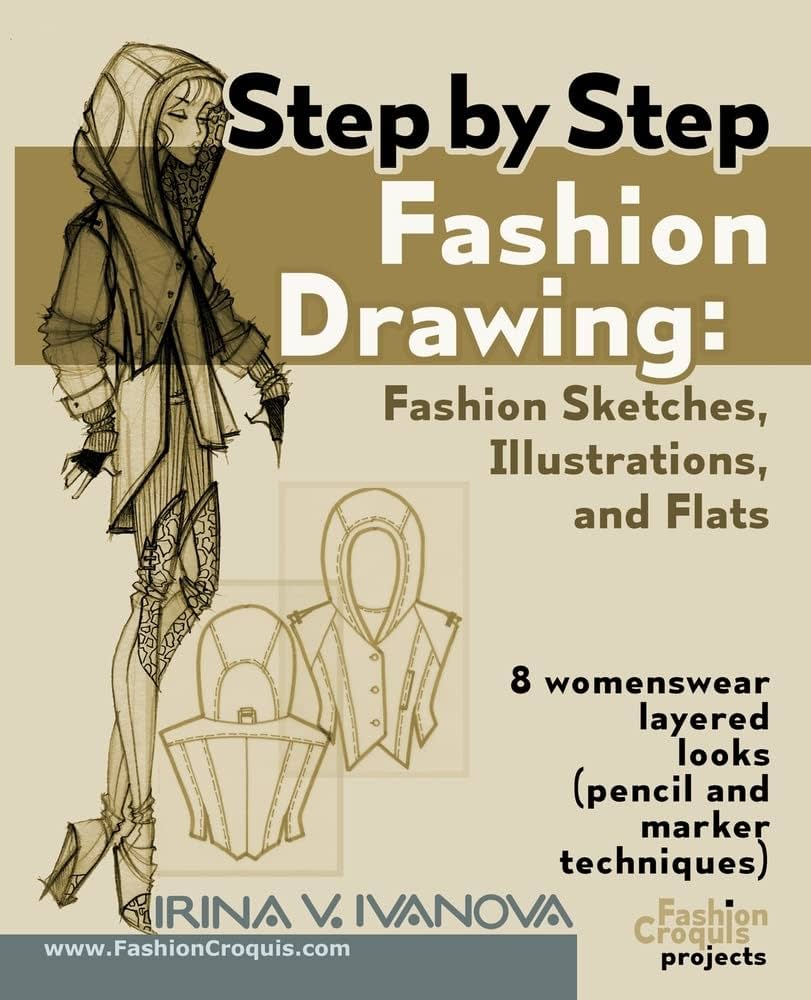
Consider studying the work of famous fashion illustrators to learn from their techniques and styles. Look for books or online resources that can help you improve your sketching skills. For example, “Step by Step Fashion Drawing” by Irina V. Ivanova is a great resource for improving your fashion drawing skills.
In conclusion, advancing your sketching skills requires practice, experimentation, and learning from industry experts. By following these tips, you can improve your fashion design sketches and take your designs to the next level.
- 17.2Kshares
- Facebook0
- Pinterest17.2K
- Twitter0
- Reddit0
